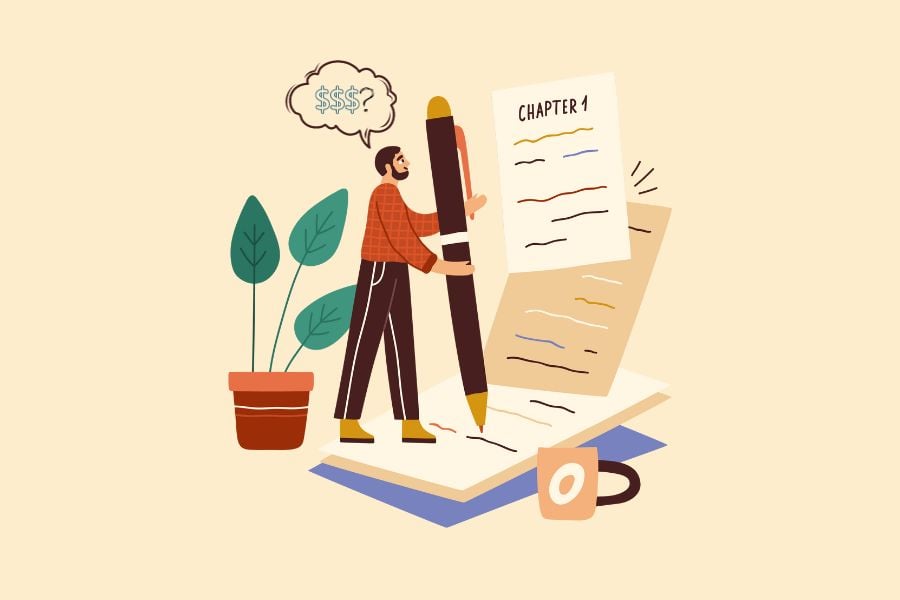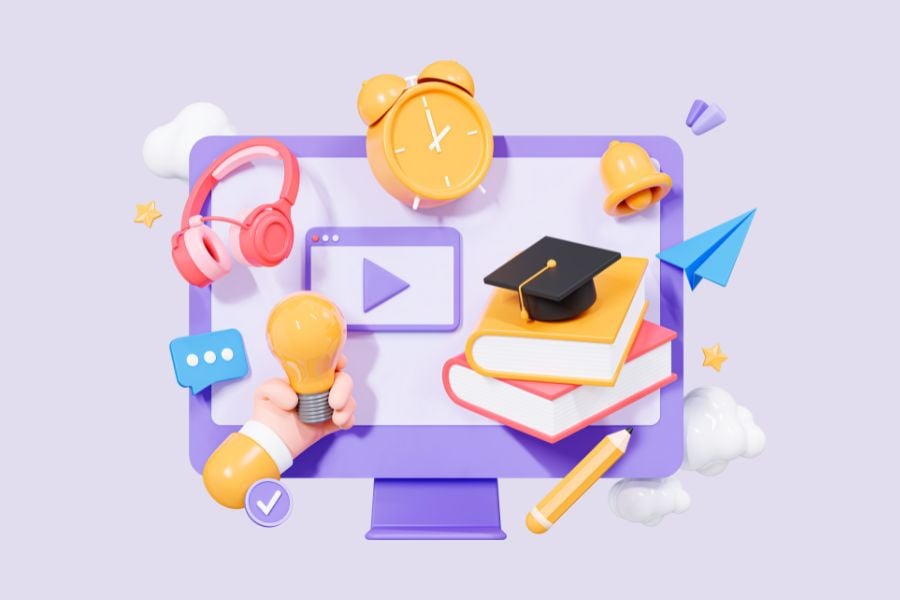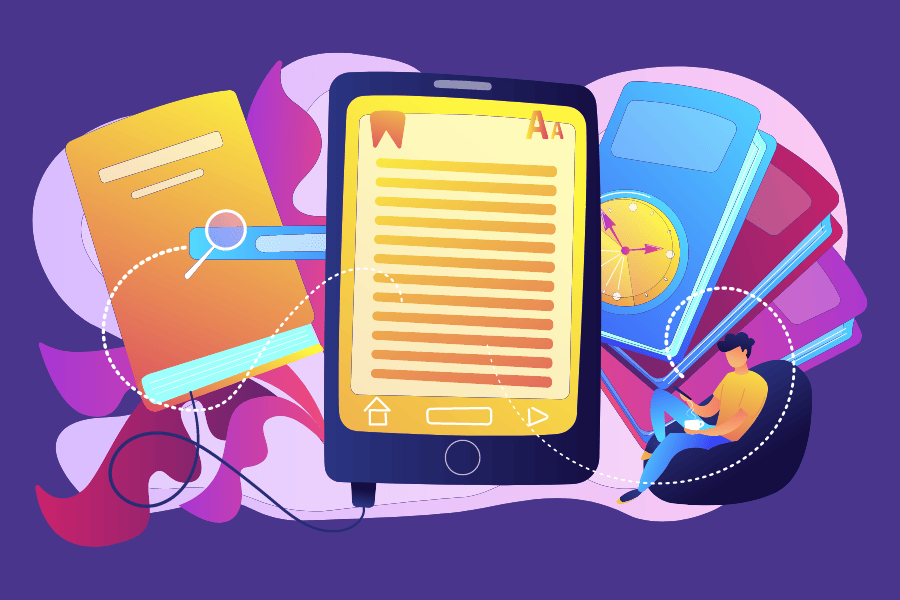What is ChatGPT?
If you’ve found yourself asking this question, you’re in the right place.
Whether you’re a tech enthusiast or a business owner trying to navigate the world of AI, understanding and leveraging this powerful tool can give you an edge.
We’ll dive into what ChatGPT is and how it’s transforming digital communications in the present and the near future.
And the best part? We won’t just explain the tech; we’ll share actionable strategies to help you master this AI marvel.
Sound good?
Let’s dive in.
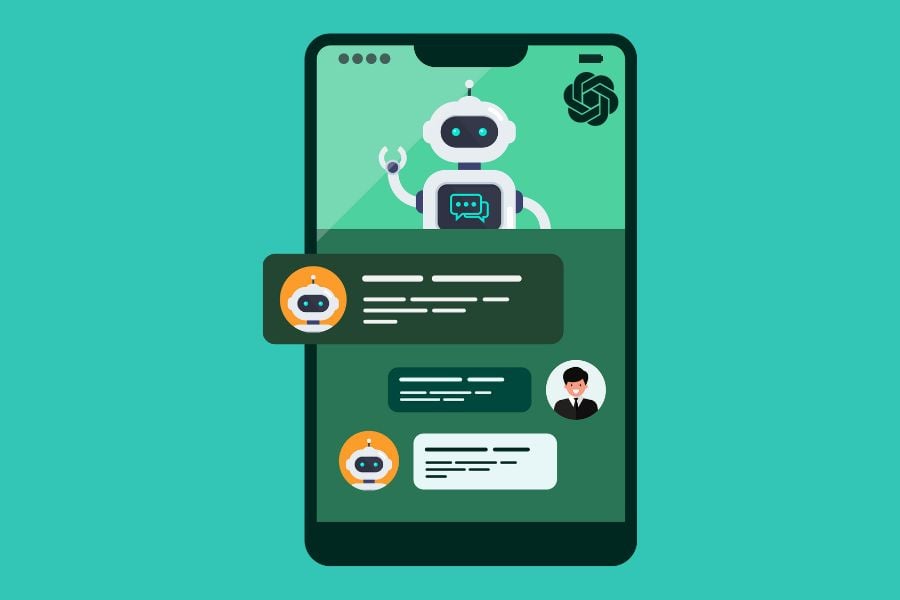
What is ChatGPT?
ChatGPT is a language-processing AI developed by OpenAI. But what does that really mean?
Basically, its a machine learning model that generates human-like text based on the input it’s given. It can answer questions, write essays, help with blog posts, and even write poems.
In short, it’s like having a really clever, well-read assistant who’s ready to help you 24/7.
But how did ChatGPT come to be?
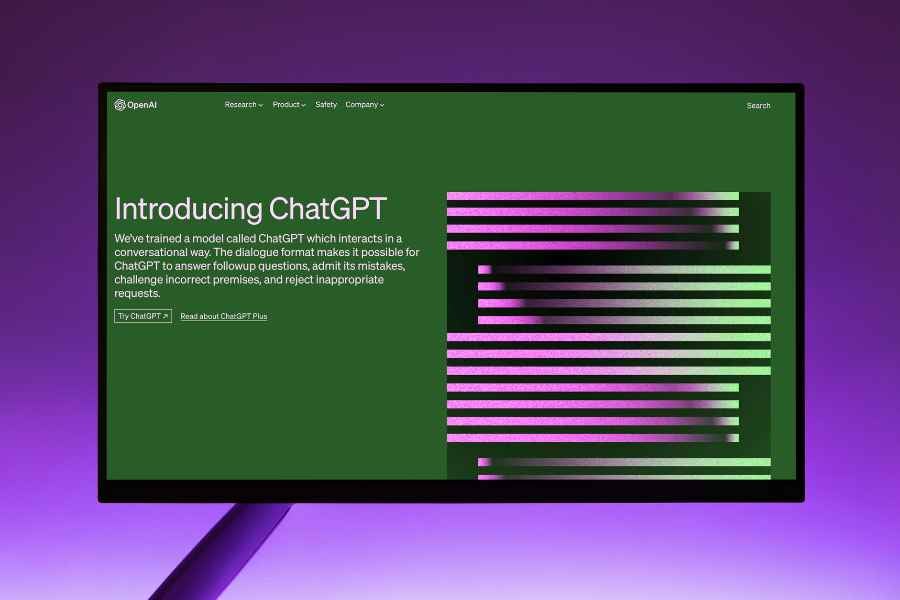
The genesis of ChatGPT dates back to 2018 when OpenAI introduced the first iteration of the Generative Pretrained Transformer series, GPT-1.
GPT-1 was a promising start, showcasing the potential of unsupervised learning in language tasks. It used an extensive library of books as training data, teaching the AI to predict the next word in a sentence based on the context of the words before it.
Then in 2019, GPT-2 arrived, with a significant upgrade in text generation capabilities.
Next, in June 2020, GPT-3 made its debut, marking a paradigm shift in AI language models.
GPT-3 had an impressive array of applications, from drafting emails and writing articles to generating poetry and programming code. It demonstrated an ability to answer factual questions and translate between languages.
GPT-3 also saw the birth of ChatGPT, a platform where users could interact with this groundbreaking technology directly.
In November 2022, ChatGPT, powered by GPT-3.5, was introduced as a part of a free research preview.
The growth trajectory was steep and rapid, reaching 100 million users faster than industry behemoths like TikTok and Instagram.
But the GPT team wasn’t done.
The most recent iteration, GPT-4, brought with it several advancements, such as improved alignment with user intent, increased factual accuracy, and better control over the model’s behavior.
Today, users who purchase the GPT Plus subscription can access ChatGPT 4.
Overall, GPT’s success has catalyzed a wave of interest in large language models (LLMs) and fostered significant advancements in natural language understanding.
Industries as diverse as customer service, education, healthcare, and entertainment are already leveraging the benefits.
Plus, OpenAI’s partnership with Microsoft led to the integration of ChatGPT-powered features into Bing and a plan for incorporating ChatGPT functionality into productivity tools like Word, Excel, and Outlook.
Google too, inspired by the success of ChatGPT, removed the waitlist for their own conversational chatbot, Bard.
In short, ChatGPT’s influence on the world of AI is undeniable. But this is just the beginning.
How Does ChatGPT Work?
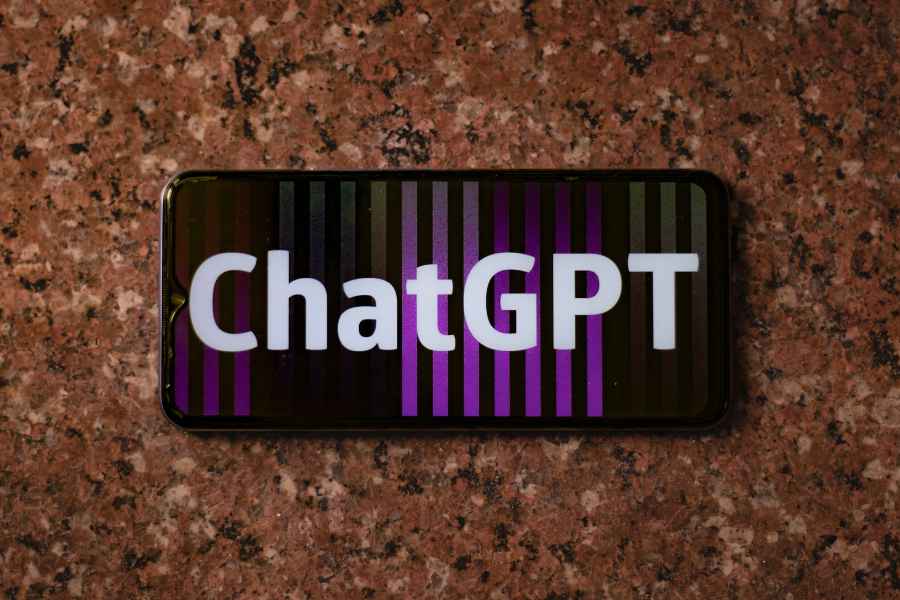
You might be wondering how it all works.
Well, ChatGPT employs deep learning, a form of machine learning that uses neural networks with multiple layers. It’s a bit like the layers of an onion, each one learning from the one before.
At its core, ChatGPT operates on a foundation of unsupervised learning.
During its training phase, it was fed a vast corpus of text data — encompassing books, articles, websites, and more — but it wasn’t told anything explicit about the content.
Instead, it was tasked with predicting the next word in a sentence, gradually learning the nuanced rules of language, grammar, facts about the world, and even certain aspects of human culture.
ChatGPT is based on Transformer, a type of model architecture that uses self-attention mechanisms and is particularly good at understanding the context of language.
But still, ChatGPT doesn’t ‘understand’ text in the same way humans do.
While it generates remarkably human-like responses, it’s not conscious and doesn’t have beliefs or desires. It generates outputs based on patterns it learned during training, striving to provide a relevant and engaging response based on its programming.
So, what can you do with this technological marvel?
From generating creative content and drafting emails to providing tutoring in a range of subjects, ChatGPT is increasingly being leveraged to automate tasks, stimulate creativity, and enhance productivity.
And with the introduction of GPT-4, features such as improved model alignment, increased factual accuracy, and internet connectivity have made ChatGPT even more effective and versatile.
However, like any machine, ChatGPT isn’t perfect…
The Pros & Cons of Using ChatGPT

While there are clear benefits to using ChatGPT, it’s also important to be cognizant of its limitations and potential pitfalls.
Understanding these can help one make an informed decision about adopting this technology.
Pros
- Efficiency: ChatGPT can significantly automate and streamline tasks such as drafting emails, generating content, and coding, saving users valuable time and effort.
- Versatility: It has a wide range of applications, from business and education to healthcare and entertainment, making it a versatile tool.
- Accessibility: The AI model can operate 24/7, providing users with a readily available resource regardless of time or location.
- Learning Resource: It can serve as a powerful learning tool, offering explanations, generating ideas, and even tutoring in various subjects.
- Creativity: With its ability to generate human-like text, it can stimulate creativity, helping in brainstorming sessions, content creation, and more.
Cons
- Accuracy: While ChatGPT can provide factual information, it can sometimes produce inaccurate or misleading information since it generates responses based on patterns it learned during training, not on ‘knowledge’ or ‘understanding’.
- Misuse: In the wrong hands, the technology can be used for nefarious purposes, such as generating fake news or malicious content.
- Depersonalization: Over-reliance on AI models could potentially lead to less personal interaction in fields like customer service, impacting the human touch.
- Data Privacy: While OpenAI has implemented stringent data usage policies, concerns about data privacy remain, particularly regarding how conversational data is stored and used.
- Ethical concerns: There are ongoing debates about the ethical implications of AI, including issues of transparency, accountability, and potential bias in AI systems.
Now that you understand the pros and cons let’s move on to how to use ChatGPT…
How to Use ChatGPT to Supercharge Your Output

Using ChatGPT is a user-friendly and intuitive experience designed to facilitate easy interaction with the language model.
Here’s a step-by-step guide to get started…
- Access ChatGPT: Visit the OpenAI website and locate the ChatGPT service. It’s typically available through a web interface and more recently, an iOS app.
- Start a Conversation: You’ll find a chat interface similar to most instant messaging apps. Here, you can begin by typing a message or question into the input field.
- Communicate Clearly: Keep in mind that ChatGPT responds best to clear and explicit instructions. For complex tasks, break them down into smaller, simpler steps.
- Understand its Versatility: As stated before, ChatGPT can perform various functions. So, consider your needs and experiment with the platform.
- Interact with Plugins: Use the newly introduced plugin features for specialized tasks. These plugins expand ChatGPT’s capabilities in specific areas, such as browsing the internet or interpreting programming code.
- Privacy Control: ChatGPT has data controls that allow you to request the deletion of your chat data. Regularly check these settings to ensure your data is handled per your preferences.
Remember, using ChatGPT is a process of learning and exploration. Don’t hesitate to experiment with its features and capabilities.
Each interaction brings a deeper understanding of the system, helping you use the tool more effectively and efficiently.
The Potential Future of ChatGPT
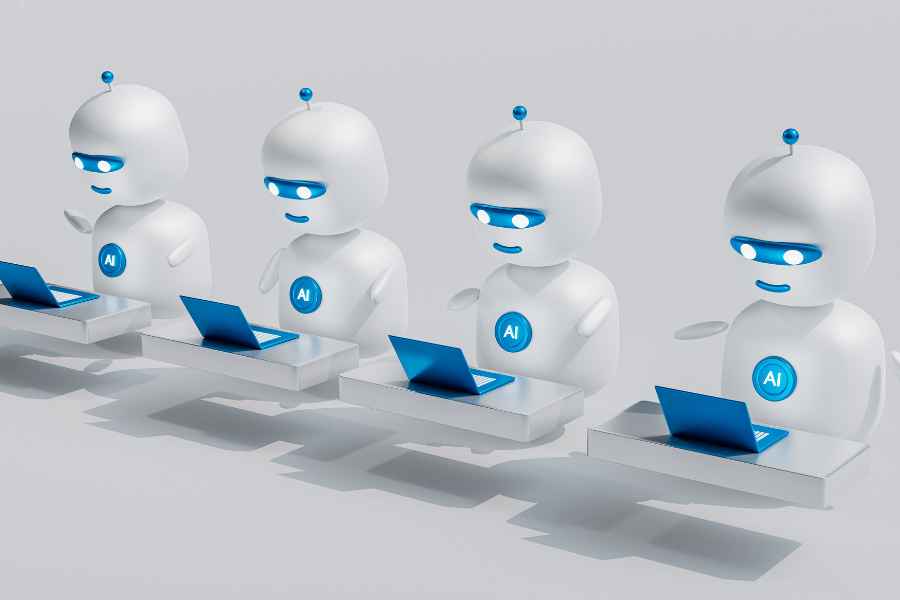
ChatGPT has already demonstrated its immense potential for revolutionizing many facets of our lives and industries.
But this is just the beginning.
The future of ChatGPT, as one might envision, looks even more fascinating, transforming the way we interact with AI. Here are a few exciting prospects to consider…
- Enhanced Real-Time Learning: Future versions of ChatGPT might be able to learn and adapt in real-time. This could lead to more personalized and context-aware interactions, making the AI feel more human-like and intelligent.
- Better Integration with Other Technologies: We can expect seamless integration of ChatGPT with other technologies such as virtual reality (VR), augmented reality (AR), and the Internet of Things (IoT). This could mean having AI-generated characters in VR games, smart home systems that understand natural language commands, or AR applications that provide real-time information in a conversational format.
- Broadened Applications Across Industries: While already being employed in various industries, future ChatGPT could expand into new domains like mental health counseling, personalized learning, legal advice, and more. The AI’s ability to understand and generate language could make it a valuable tool in virtually any field that relies on communication.
- Superior Ethical and Safety Measures: As AI continues to permeate our lives, maintaining ethical standards and user safety becomes even more crucial. Future iterations of ChatGPT will likely have advanced measures to prevent misuse, provide greater privacy controls, and ensure ethical usage.
- Co-creative AI Partner: Perhaps one of the most exciting prospects is ChatGPT becoming a co-creative AI partner. Imagine having an AI that doesn’t just assist but actively collaborates in creative endeavors, providing innovative ideas for stories, scripts, music, design, and more.
However, with these exciting prospects also come challenges that need to be addressed. Issues around data privacy, AI ethics, and the digital divide need to be tackled head-on to ensure these advancements benefit all of humanity.
Taking the Next Step with ChatGPT
As you can now see, answering the question “What is ChatGPT?” is both simple and complicated.
ChatGPT is like an all-knowing AI assistant, ready and willing to help you with any content problems you have. But it’s also a complicated software program with a lot of potential to change and adapt in the future.
Either way, leveraging the power of ChatGPT today positions you at the forefront of AI-assisted solutions for the future.
Now, get out there and start your journey today!
